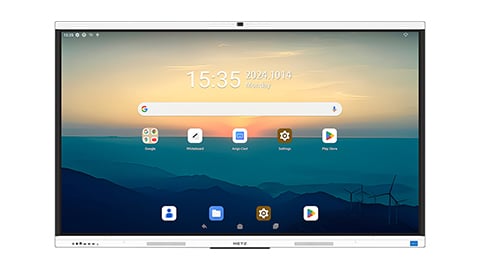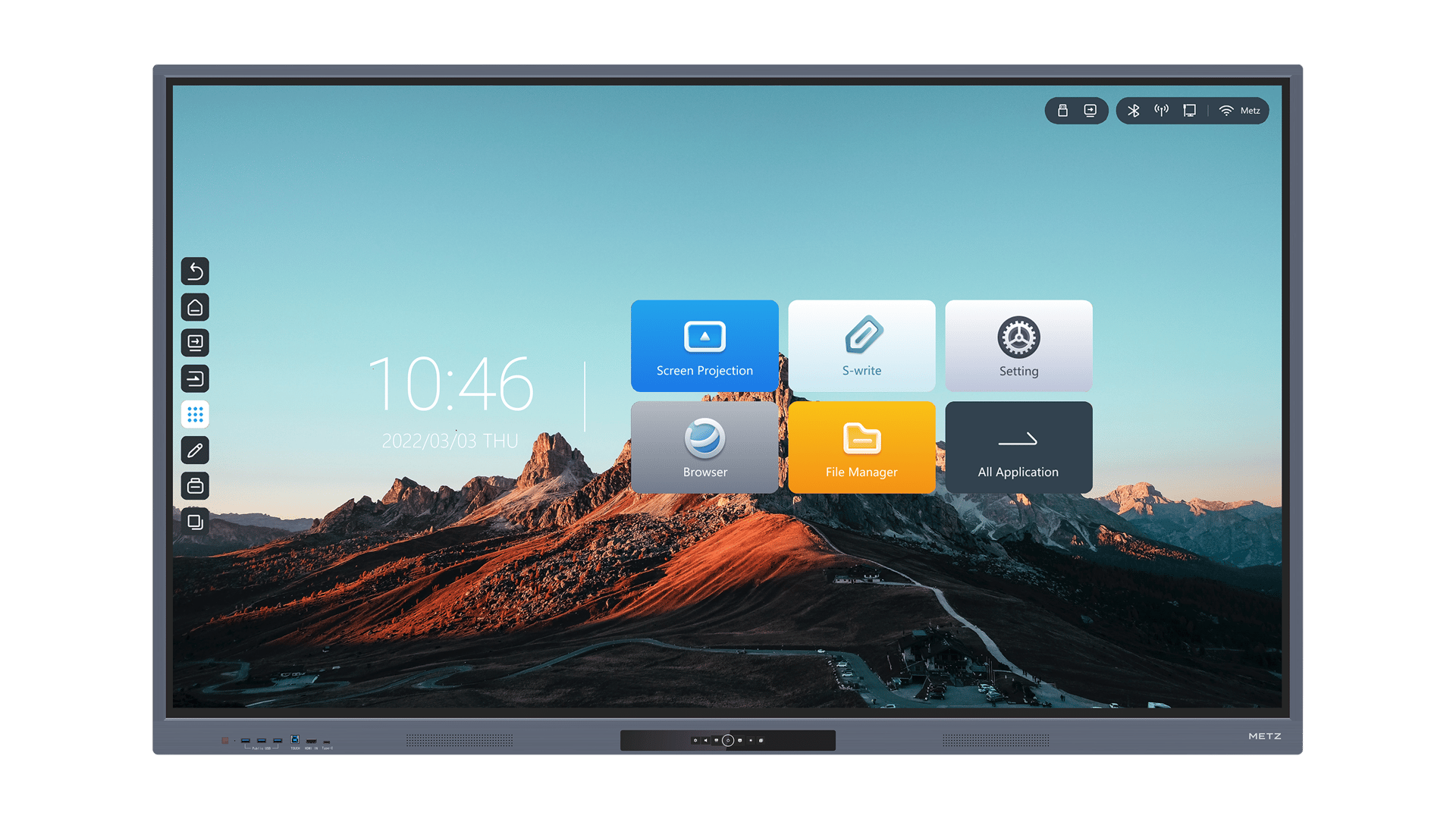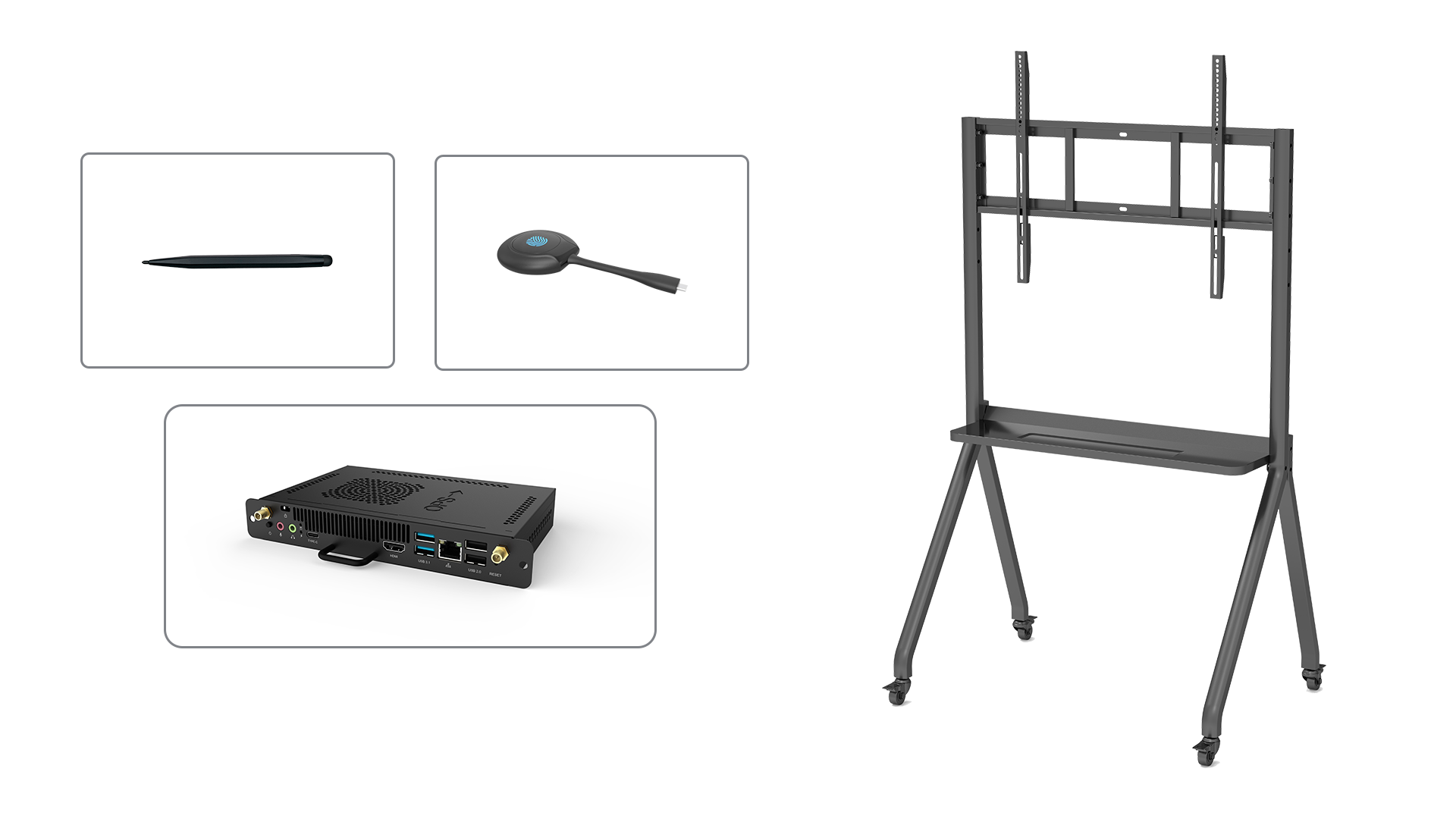How Much Does a Smartboard Cost? A Comprehensive Guide
Introduction
Smartboards have revolutionized the way we interact with technology in classrooms, boardrooms, and other educational settings. These interactive whiteboards offer a wide range of features and functionalities that enhance teaching and learning experiences. However, before investing in a smartboard, it's essential to understand the cost factors associated with this technology.
Factors Affecting the Cost of Smartboards
When it comes to determining the cost of a smartboard, several factors come into play. Let's explore each of these factors in detail:
1. Brand and Model
The brand and model of the smartboard significantly impact its cost. Established brands with a reputation for quality and innovation often come with a higher price tag. Similarly, advanced models with additional features and larger sizes tend to be more expensive than basic models.
2. Size and Resolution
The size and resolution of a smartboard are crucial factors that influence its cost. Larger smartboards with higher resolutions offer a more immersive and detailed visual experience, but they also come at a higher price. Consider the space available and the desired viewing distance when selecting the size and resolution that best fits your needs.
3. Touch Technology
Smartboards utilize various touch technologies, such as resistive, capacitive, and infrared. Each technology has its own advantages and cost implications. Resistive touch technology is more affordable but may not offer the same level of precision as capacitive or infrared options.
4. Connectivity and Compatibility
Smartboards can be connected to various devices and platforms, including computers, tablets, and smartphones. The level of connectivity and compatibility with different operating systems and software can affect the cost. Ensure that the smartboard you choose is compatible with the devices and software you plan to use.
5. Additional Features
Advanced smartboards often come with additional features like built-in speakers, interactive pens, wireless connectivity, and multi-user capabilities. These extra features can enhance the user experience but also add to the overall cost. Evaluate the necessity of these features based on your specific requirements.
6. Installation and Maintenance
The cost of installing and maintaining a smartboard should also be considered. Some smartboards require professional installation, which may incur additional charges. Additionally, factor in the cost of regular maintenance, including software updates and repairs, to ensure optimal performance and longevity.
7. Warranty and Support
Warranty and support options vary among different smartboard manufacturers. Some offer extended warranties and comprehensive technical support, while others provide limited coverage. These factors can influence the overall cost of ownership and should be considered when making a purchasing decision.
8. Market Demand and Availability
The supply and demand dynamics in the market can impact the cost of smartboards. During times of high demand or limited availability, prices may increase. It's advisable to keep an eye on market trends and consider purchasing during periods of low demand to potentially secure a better deal.
9. Bundled Packages and Discounts
Some manufacturers offer bundled packages that include additional accessories or software at a discounted price. These packages can provide added value and cost savings. Additionally, keep an eye out for seasonal promotions, discounts, or clearance sales that can help you obtain a smartboard at a more affordable price.
10. Second-hand or Refurbished Options
If budget is a significant constraint, exploring second-hand or refurbished smartboard options can be a viable solution. Many reputable sellers offer certified refurbished smartboards that undergo thorough testing and come with warranties. However, exercise caution when purchasing used or refurbished products, ensuring they meet your quality and performance expectations.






